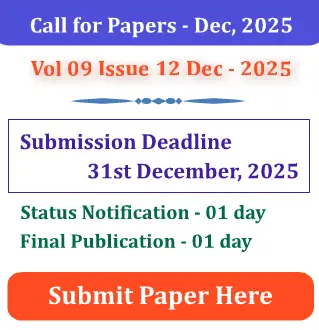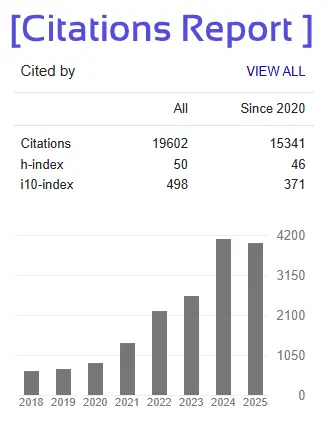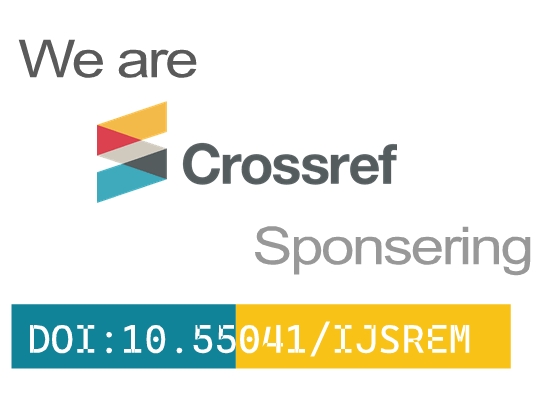Standardization of Parada (Mercury) Extraction from Hingula through a Modified Nada-Yantra Process”
Dr. Jaswant Singh Meena1, Prof. (Dr.) Govind Sahay Shukla2, Dr. Rajaram Agarwal3,
Dr. Manisha Goyal4, Dr. Ravi Pratap Singh5
1MD Scholar, 2HOD & Professor, 3Associate Professor, 4Associate Professor,5Assistant Professor, PG Dept. Of Ras Shastra & Bhaishajya Kalpana,
Post Graduate Institute of Ayurveda, Dr. Sarvepalli Radhakrishnan Rajasthan Ayurveda University, Jodhpur, India.
Corresponding Author: Dr. Jaswant Singh Meena
ABSTRACT
Background: Parada (mercury) holds both significant therapeutic value and cultural importance. Naturally sourced mercury often contains impurities, making its direct use unsuitable. However, extracting mercury from Hingula (cinnabar) is a simpler and more cost-effective alternative, and it is suitable for use in pharmaceutical preparations. Ayurvedic texts describe Hingullotha Parada (mercury obtained from Hingula) as being equivalent in quality to mercury processed through eight traditional purification steps. Classical literature describes around 18 methods for extracting mercury from Hingula, including techniques like Urdhwapatana (upward sublimation), Adhopatana (downward sublimation), and Tiryakapatana (lateral distillation). Among them, the Urdhwapatana method, which utilizes Nada-Yantra (a type of apparatus), is traditionally mentioned; however, it often results in the loss of mercury as vapor, reducing the yield and posing health hazards due to toxic mercury fumes. Objective: This study aimed to develop a refined and standardized procedure for mercury extraction from Hingula, to maximize yield while minimizing health risks and material loss. Materials & Methods: A modified version of the classical Nada-Yantra method was developed and implemented in this pharmaceutical study. The procedure was critically assessed, and a standard operating protocol (SOP) was established. Results: The improved technique significantly reduced mercury vapor emission and resulted in an Average yield of 67.81%. Conclusion: Extraction of mercury from Hingula using a modified classical technique proves to be both efficient and safer. Minor adjustments to the traditional process can enhance yield and reduce associated risks, making this approach highly effective for Ayurvedic pharmaceutical applications. Keywords: Hingula, Parada, Nada-yantra.







